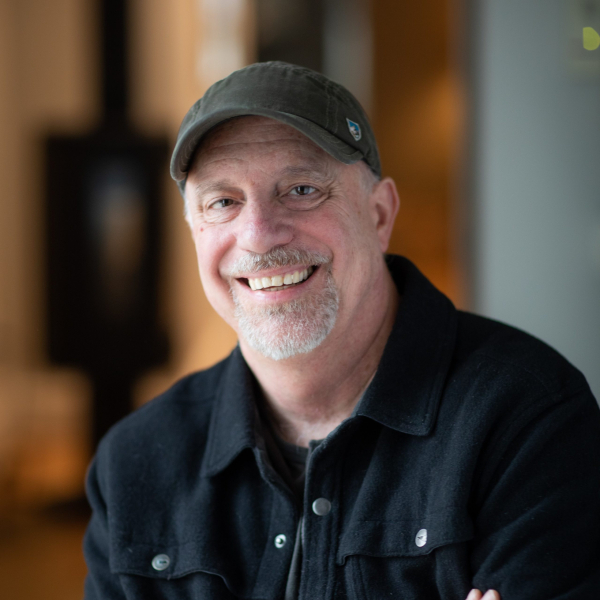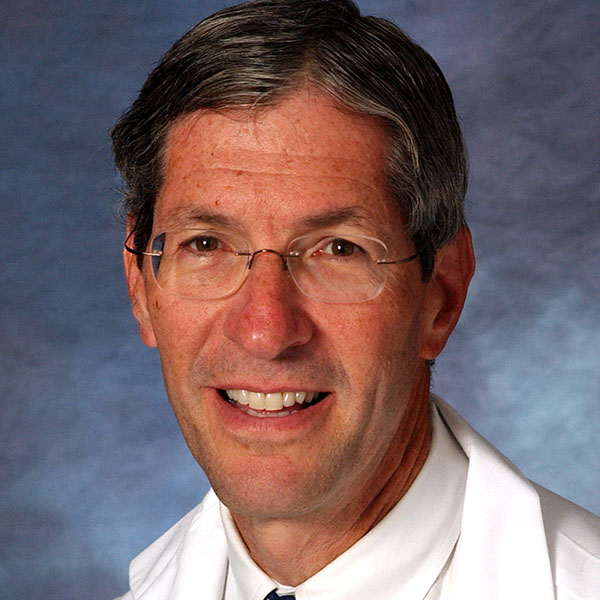
Think of prostate cancer surgery and what likely comes to mind is a radical prostatectomy, which is an operation to remove the entire prostate gland along with the seminal vesicles that produce semen. However, men with localized prostate cancer — meaning cancer that is still confined to the prostate — have another surgical option.
Called focal therapy, this alternative procedure treats only the cancerous part of the prostate and leaves the rest of the gland intact. The aim is to remove “clinically significant” tumor tissue, cancer that would spread further if it wasn’t treated at all. While there is a small risk that some cancer may be left behind after treatment, focal therapy also has the benefit of minimizing risks for erectile dysfunction and urinary incontinence, which are both potential side effects of radical prostatectomy. And growing evidence shows it can be an effective strategy.
Last year, researchers reported that 1,379 men treated with focal therapy or radical prostatectomy had similar cancer outcomes after five years of follow-up. The men were 66 years old on average, and doctors treated them with a technique called high-intensity focused ultrasound, or HIFU. This approach destroys cancer by subjecting it to high-energy ultrasound waves that heat tumors to high temperatures.
Now, findings from the same research team show that focal therapy is also an effective option for older men with prostate cancer. During this newer study, researchers assessed outcomes for 649 men ages 70 and above who were treated at 11 sites in the United Kingdom. Two-thirds of the men had cancer with an intermediate risk of further spread, and the remaining third had more aggressive, high-risk prostate tumors that are more dangerous.
All the men were treated with HIFU or a different type of focal therapy, cryotherapy, that destroys cancer by freezing it. The primary goal of the study was to assess “failure-free survival,” whereby treated men avoid a prostate cancer death, or worsening disease leading to further interventions.
What the data reveals
After follow-up durations ranging up to five years, 96% of the men were still alive, and the overall failure-free survival rate was 82%. No differences in outcomes between HIFU- and cryotherapy-treated men were reported. The men with high-risk cancer had worse outcomes: their failure-free survival rate was 75%, compared to 86% among men with intermediate-risk disease.
But 88% of the high-risk men and 90% of the intermediate-risk men also avoided hormonal therapy, a treatment that — because of its side effects — most men don’t want. The authors concluded that focal therapy may be an acceptable treatment that controls prostate cancer in older men as well as radical prostatectomy does.
It’s important to note that complications from focal therapy are possible. For instance, a small percentage of men in the new study developed urinary tract infections, and some also wound up with urinary retention, a treatable condition that occurs when the bladder can’t empty completely. The authors didn’t assess functional outcomes after surgery, such as erectile dysfunction or urinary incontinence. But mounting evidence from other studies shows that long-term urinary incontinence after focal therapy is very rare.
The findings are encouraging, but Harvard experts emphasize that more evidence with focal therapy is still needed. “Despite promising results such as those reported in this and other studies, long-term outcomes (e.g., 10 to 15 years or more) following focal therapy must still be assessed to fully determine how this treatment option compares to radical prostatectomy or radiation therapy,” says Dr. Boris Gershman, aurologist at Beth Israel Deaconess Medical Center and an assistant professor at Harvard Medical School focusing on prostate and bladder cancer. “Additional studies can also help us refine the types of prostate cancer that focal therapy is most appropriate for, and which types should be given therapies that treat the entire prostate gland.”
About the Author

Charlie Schmidt, Editor, Harvard Medical School Annual Report on Prostate Diseases
Charlie Schmidt is an award-winning freelance science writer based in Portland, Maine. In addition to writing for Harvard Health Publishing, Charlie has written for Science magazine, the Journal of the National Cancer Institute, Environmental Health Perspectives, … See Full Bio View all posts by Charlie Schmidt
About the Reviewer

Marc B. Garnick, MD, Editor in Chief, Harvard Medical School Annual Report on Prostate Diseases; Editorial Advisory Board Member, Harvard Health Publishing
Dr. Marc B. Garnick is an internationally renowned expert in medical oncology and urologic cancer. A clinical professor of medicine at Harvard Medical School, he also maintains an active clinical practice at Beth Israel Deaconess Medical … See Full Bio View all posts by Marc B. Garnick, MD



